Red velvet brownies have become a beloved treat, combining the rich flavor of chocolate with a striking red hue. This delightful dessert has gained popularity for its unique taste and eye-catching appearance, making it a favorite for Valentine’s Day and other special occasions. The combination of cocoa powder, red food coloring, and a hint of tanginess creates a flavor profile that sets these brownies apart from traditional chocolate varieties.
To make red velvet brownies, bakers use a mix of common ingredients like all-purpose flour, unsalted butter, and chocolate chips, along with specialty items such as Dutch-processed cocoa powder and red gel food coloring. The process involves preparing the batter, baking it to perfection, and often topping it with a cream cheese frosting or creating a cheesecake swirl for added indulgence. Whether made from scratch or using a cake mix as a shortcut, these brownies offer a moist, fudgy texture and a taste that’s sure to please chocolate lovers and red velvet enthusiasts alike.
Ingredients for Red Velvet Brownies
Red velvet brownies require a combination of dry and wet ingredients, as well as components for the optional cream cheese frosting. These ingredients work together to create the distinctive flavor, texture, and appearance of this beloved dessert.
Dry Ingredients
The dry ingredients form the foundation of the red velvet brownies, providing structure and contributing to their unique taste:
- All-purpose flour: 1 1/4 cups (156 grams)
- Dutch-processed cocoa powder: 3 tablespoons (17 grams)
- Cornstarch: 1 tablespoon
- Salt: 1/4 teaspoon
- Baking soda: A small amount to create a fudgy texture with a hint of airiness
Using Dutch-processed cocoa powder is preferred for richer-tasting brownies and a darker color. Regular unsweetened cocoa powder may affect the final taste and appearance .
Wet Ingredients
The wet ingredients contribute to the moisture, flavor, and signature red color of the brownies:
- Unsalted butter: 3/4 cup (168 grams), melted and cooled slightly
- Granulated sugar: 1 1/4 cup (250 grams)
- Light brown sugar: 2/3 cup (133 grams), packed
- Eggs: 2 large eggs, at room temperature
- Vanilla extract: 1 teaspoon (5 ml)
- Red food coloring: 1 tablespoon (15 ml) of gel or liquid
- White vinegar: 1 teaspoon (5 ml)
- Vegetable oil: 3/4 cup (163.5 g)
Room temperature eggs are crucial for this recipe to prevent the butter from hardening and clumping . The combination of butter and oil helps achieve a balance between rich flavor and gooey texture . White vinegar, a classic ingredient in red velvet recipes, brightens the color and yields an airier texture .
For the red color, gel food coloring is recommended as it’s more concentrated and provides a brighter hue compared to liquid food coloring . However, liquid food coloring can be used with a slight adjustment in quantity .
Cream Cheese Frosting Ingredients
To make the optional cream cheese frosting, which adds a delicious tangy sweetness to the brownies, you’ll need:
- Unsalted butter: 1/4 cup (56 grams), softened to room temperature
- Full-fat cream cheese: 4 ounces (112 grams), cut into cubes
- Powdered sugar: 1 1/2 – 2 cups (165 – 220 grams), sifted if needed
- Vanilla extract: 1 teaspoon
- Salt: 1/4 teaspoon
- Whipping cream: 1 tablespoon, if needed
When selecting cream cheese for the frosting, opt for a brand that isn’t too runny. Philadelphia cream cheese is a reliable choice .
These ingredients, when combined according to the recipe, will result in delicious red velvet brownies with a moist, fudgy texture and a striking red color. The cream cheese frosting adds an extra layer of indulgence, making these brownies perfect for special occasions or as a decadent treat.
Preparing the Red Velvet Brownie Batter
Melting and Mixing
The process of preparing red velvet brownie batter begins with melting the butter. This can be done in the microwave, using 30-second intervals until the butter is completely melted . Once melted, the butter is poured into a large mixing bowl along with the granulated sugar and light brown sugar. These ingredients are then mixed together using a whisk .
Next, the eggs, egg yolk, and vanilla extract are added to the bowl. It’s important to whisk these ingredients in until just combined, being careful not to incorporate too much air into the mixture . This step helps to create the dense, fudgy texture that is characteristic of brownies.
Adding Color and Flavor
To achieve the signature red velvet color, red food coloring is added to the batter. One effective method is to take a couple of tablespoons of the batter and put them into a small bowl. The red gel food coloring is then added to this small portion and mixed until fully incorporated with no lumps. This concentrated red mixture is then added back into the main bowl of batter and mixed until combined .
For those using a red velvet cake mix as a shortcut, the red food coloring may not be necessary as the color is already present in the mix . In this case, the cake mix is simply combined with oil and eggs until fully incorporated .
To enhance the classic red velvet flavor, vegetable oil and cocoa powder are added to the wet ingredients and mixed in completely . Some recipes also call for the addition of white wine vinegar or apple cider vinegar, which helps to achieve that distinctive red velvet taste .
Incorporating Dry Ingredients
The final step in preparing the batter involves adding the dry ingredients. In a separate bowl, flour, cocoa powder, salt, and sometimes cornstarch are whisked together . These dry ingredients are then gradually added to the wet mixture.
At this point, it’s recommended to switch from a whisk to a wooden spoon or rubber spatula. The dry ingredients are folded into the wet mixture until there are no more lumps, being careful not to overmix . Overmixing can lead to tough brownies, so it’s important to stop mixing as soon as the dry ingredients are fully incorporated.
For those using a cake mix, this step is simplified as the dry ingredients are already pre-mixed. In this case, the batter is simply stirred thoroughly until all the cake mix is incorporated. The batter will start to pull away cleanly from the edges of the bowl when it’s ready .
If desired, mix-ins such as white chocolate chips can be folded into the batter at this stage . The batter will be very thick, which is typical for brownies.
Once the batter is fully mixed, it’s ready to be transferred to a prepared baking pan. The pan should be lined with parchment paper for easy removal after baking. Use a spatula to spread the batter into an even layer in the pan . For an extra touch, some bakers like to sprinkle additional white chocolate chips on top of the batter, gently pressing them in so they bake into the surface of the brownies .
Baking and Cooling the Brownies
Oven Temperature and Time
To begin the baking process, the oven should be preheated to 350°F (180°C) . Some recipes suggest a slightly lower temperature of 335°F (170°C) . It’s crucial to prepare the baking pan properly before pouring in the batter. An 8×8-inch or 9×9-inch square pan works well for this recipe . Lining the pan with parchment paper, allowing the excess to extend over the sides, facilitates easy removal of the brownies later .
Once the oven is preheated and the pan is prepared, the batter can be poured in. Baking times can vary depending on the recipe and desired consistency. Generally, the brownies should bake for 20-35 minutes . Some recipes suggest a longer baking time of 40-44 minutes . To check for doneness, a toothpick inserted into the center of the brownies should come out with a few moist crumbs, but no wet batter .
For a unique technique to achieve an even texture and a crackly top, some bakers recommend removing the pan from the oven after 20 minutes and gently slamming it on a flat surface 2-3 times. The brownies are then returned to the oven for an additional 5-10 minutes .
Cooling Process
Proper cooling is essential for achieving the perfect texture in red velvet brownies. After removing the pan from the oven, it’s important to allow the brownies to cool completely in the pan . This cooling period allows the brownies to set and develop their fudgy texture. The brownies will continue to cook and set as they cool .
During the cooling process, it’s advisable to leave the brownies undisturbed until the pan is no longer warm to the touch . This patience ensures that the brownies will hold their shape when cut and prevents them from becoming too gooey or falling apart.
Removing from Pan
Once the brownies have cooled completely, they can be removed from the pan. If parchment paper was used to line the pan, the cooled brownies can be easily lifted out using the overhanging edges . This method helps prevent the brownies from breaking or sticking to the pan.
After removing the brownies from the pan, they can be placed on a cutting board for slicing . For clean, precise cuts, some bakers recommend warming the knife blade under hot water and wiping it clean after each cut . Chilling the brownies in the refrigerator after frosting (if using frosting) can also make them easier to slice .
It’s worth noting that if planning to frost the brownies with cream cheese frosting, some bakers prefer to bake them slightly longer for a less gooey texture . However, if the brownies will be served without frosting or with mix-ins like chocolate chips, a shorter baking time can result in a gooier, denser texture .
Making and Applying Cream Cheese Frosting
Mixing the Frosting
To create the perfect cream cheese frosting for red velvet brownies, it’s crucial to start with room temperature ingredients. Both the butter and cream cheese should be fully softened to ensure smooth incorporation and prevent lumps in the final product . Using a stand mixer with a paddle attachment or an electric hand mixer, cream together the butter and cream cheese until completely smooth .
Once the butter and cream cheese are well combined, it’s time to add the powdered sugar, vanilla extract, and a pinch of salt . To avoid a messy sugar cloud, mix these ingredients on low speed initially. Some bakers find it helpful to wrap a dishcloth or paper towels around the top of the mixer to contain any stray sugar . After the initial incorporation, increase the speed to high and beat the mixture for 2-3 minutes until it becomes light and fluffy .
Frosting Consistency
Achieving the right consistency is key to a successful cream cheese frosting. The balance between powdered sugar and liquid components determines the thickness of the frosting . For a thicker frosting suitable for frosting a smooth cake, maintain a higher ratio of powdered sugar to liquid. If piping onto cupcakes, a slightly thinner consistency is often preferred .
To test the consistency, use the spatula test. Press a rubber spatula firmly into the frosting and pull it up. The frosting should form a somewhat stiff peak with a little curl on the end. This curl is a visual cue that the frosting has the right consistency . If the frosting is too stiff, add heavy cream, one tablespoon at a time. If it’s too thin, incorporate more powdered sugar, a quarter cup at a time, or chill the frosting in the refrigerator for 10-minute intervals .
Applying to Cooled Brownies
Before applying the frosting, ensure the red velvet brownies have cooled completely. This step is crucial as warm brownies can cause the frosting to melt and lose its texture . Once the brownies are at room temperature, spread the cream cheese frosting in a single layer over the top .
For an even application, scoop dollops of the frosting onto the surface of the brownies. Gently smooth these dollops into an even layer using an offset spatula or the back of a spoon . To add a decorative touch, create swirls in the frosting using the back of a spoon .
Remember that the consistency of the frosting affects its application. A thicker frosting will hold its shape better and create more defined swirls, while a slightly thinner consistency will spread more easily but may not hold intricate patterns as well .
By following these steps and paying attention to ingredient temperature, mixing technique, and consistency, bakers can create a delicious cream cheese frosting that perfectly complements their red velvet brownies.
Serving and Storing Red Velvet Brownies
Cutting and Serving Tips
To achieve clean, precise cuts when serving red velvet brownies, it’s essential to wait until they have cooled completely. Using a sharp knife is crucial for neat slices. For optimal results, run the knife under hot water and wipe it clean between each cut . This method, although a bit time-consuming, ensures perfect slices every time .
When it comes to serving, these brownies can be enjoyed straight from the refrigerator or at room temperature. For those who prefer their brownies at room temperature, it’s recommended to let them sit out for about 15-20 minutes before serving . This allows the flavors to develop fully and the texture to soften slightly.
Storage Methods
The storage method for red velvet brownies depends on whether they are frosted or unfrosted. For brownies without cream cheese frosting, they can be stored at room temperature in an airtight container for up to 3-4 days . However, if the brownies are topped with cream cheese frosting, refrigeration is necessary.
For frosted brownies, it’s best to slice them into desired portions first. Then, chill them in the refrigerator until the frosting sets. After that, transfer the slices to an airtight container, separating layers with wax or parchment paper to prevent sticking .
For longer-term storage, freezing is an excellent option. To freeze red velvet brownies:
- Ensure they are completely cooled to room temperature.
- Cut them into individual portions.
- Wrap each piece tightly in plastic wrap.
- Place the wrapped brownies in a ziplock bag.
- Store in the freezer for up to 2 months .
When it’s time to enjoy the frozen brownies, the best method for thawing is to let them sit overnight in the refrigerator .
Shelf Life
The shelf life of red velvet brownies varies depending on the storage method. When stored properly in an airtight container at room temperature, unfrosted brownies can last for 2-3 days . If refrigerated, they can maintain their quality for up to a week, although this may cause them to dry out slightly .
For brownies with cream cheese frosting, refrigeration extends their shelf life. When stored in an airtight container in the fridge, they can last for up to 5 days . However, for the best taste and texture, it’s recommended to consume them within the first 2-3 days .
Frozen red velvet brownies have the longest shelf life, lasting up to 2-3 months when properly wrapped and stored in the freezer . This method is ideal for those who want to enjoy their brownies over an extended period or prepare them in advance for special occasions.
FAQs
What ingredients are used to make red velvet brownies?
Red velvet brownies consist of both dry and wet ingredients. For the dry components, you’ll need cocoa powder, flour, and salt. The wet ingredients include melted butter, granulated sugar, red gel food coloring, eggs, vanilla extract, and vinegar.
What is the difference between cakey and fudgy brownies?
The main difference lies in the fat-to-flour ratio. Fudgy brownies contain more fat, typically from butter and chocolate, while cakey brownies have a higher proportion of flour and often include baking powder for leavening. The quantities of sugar and eggs do not necessarily influence the texture between fudgy and cakey.
How can you keep brownies soft and moist after baking?
To maintain the softness and moisture of brownies, wrap them tightly in plastic wrap and then place them in an airtight container. Optionally, you can add an additional layer of aluminum foil around the plastic wrap to further shield them from air exposure.
Why might my brownies turn out cakey instead of chewy?
Brownies can end up being cakey if the recipe includes a higher amount of flour or baking powder. To achieve a chewier texture, opt for recipes with more chocolate and butter and avoid overmixing the batter during preparation.

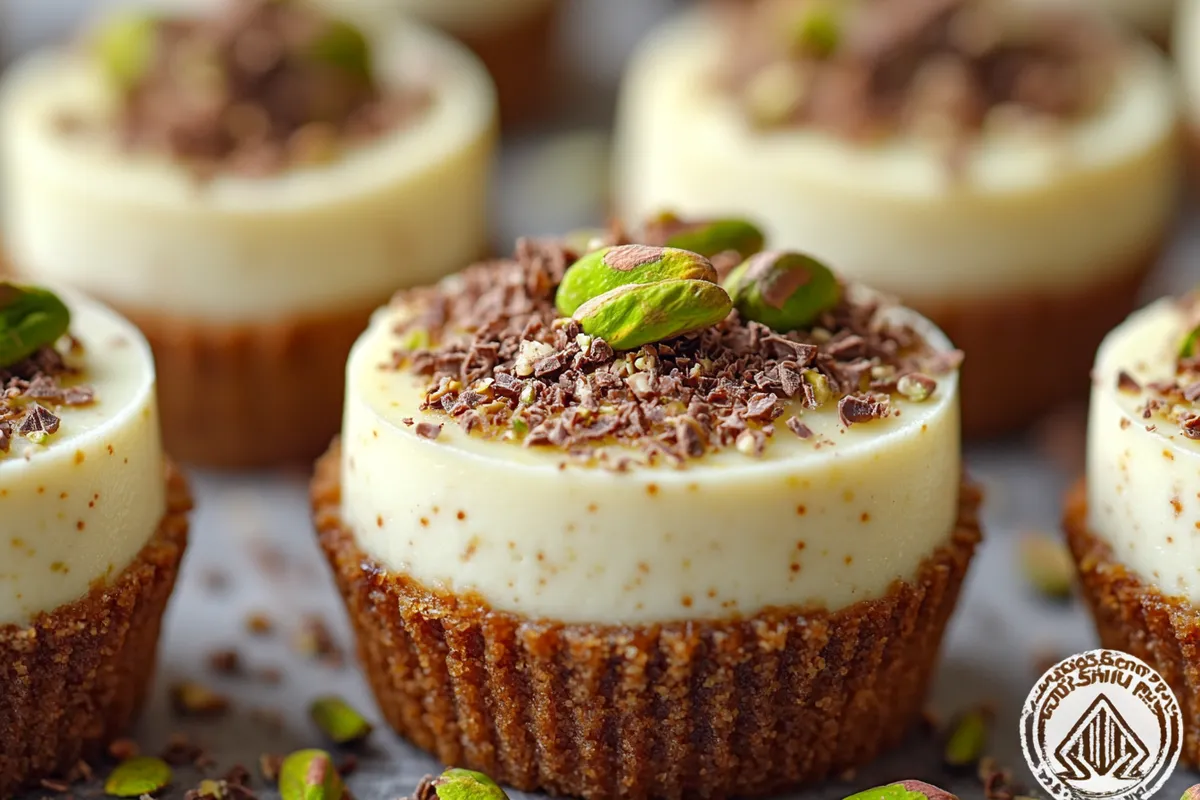
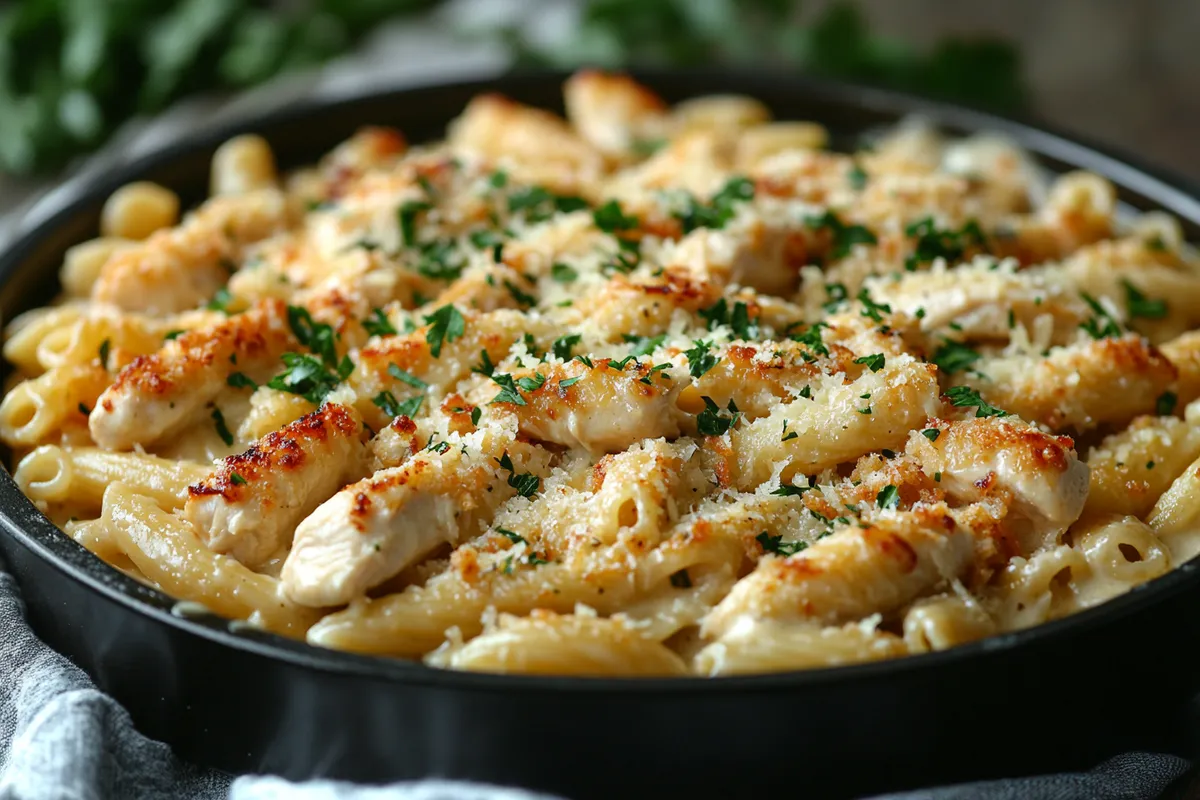
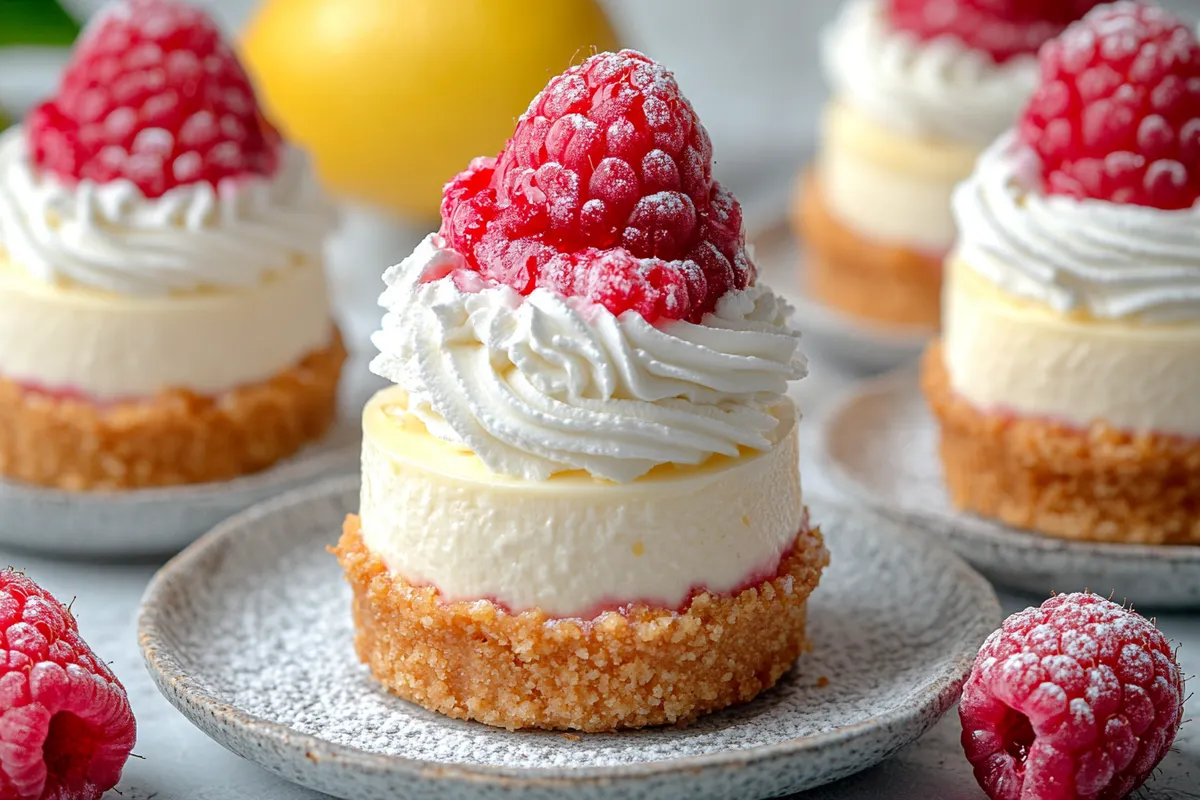
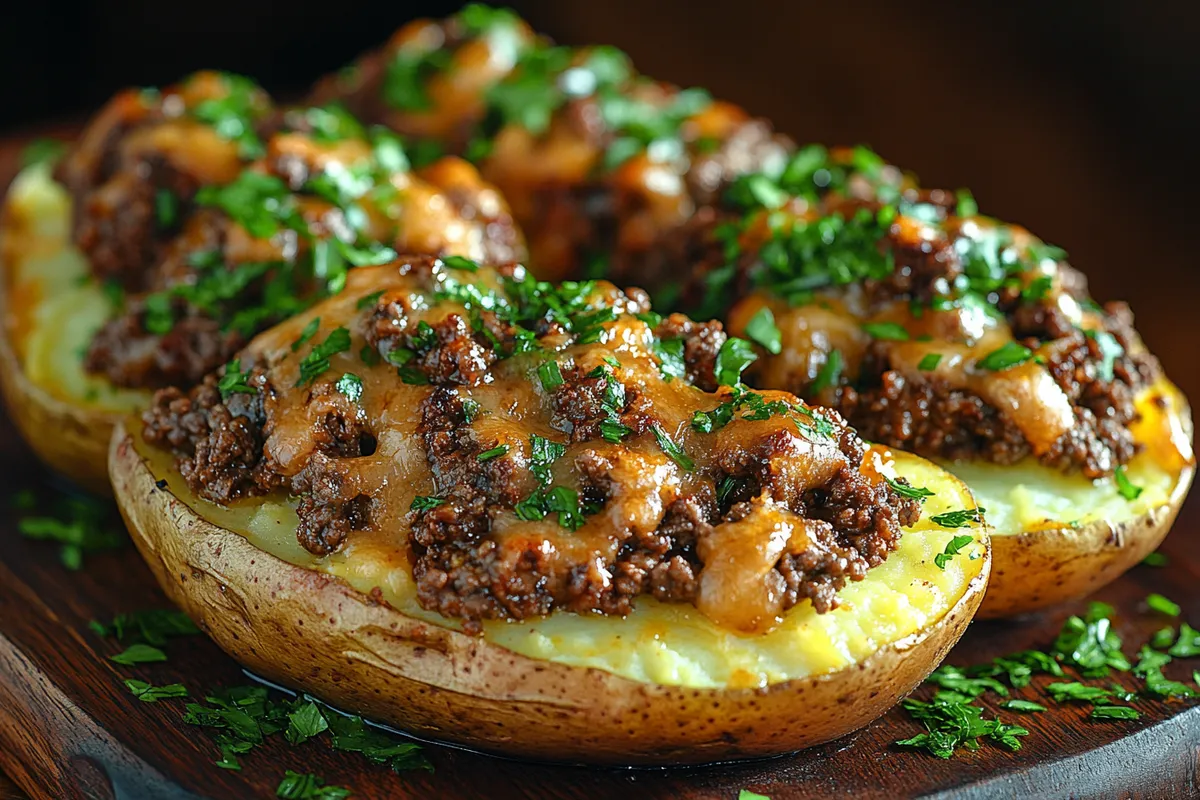
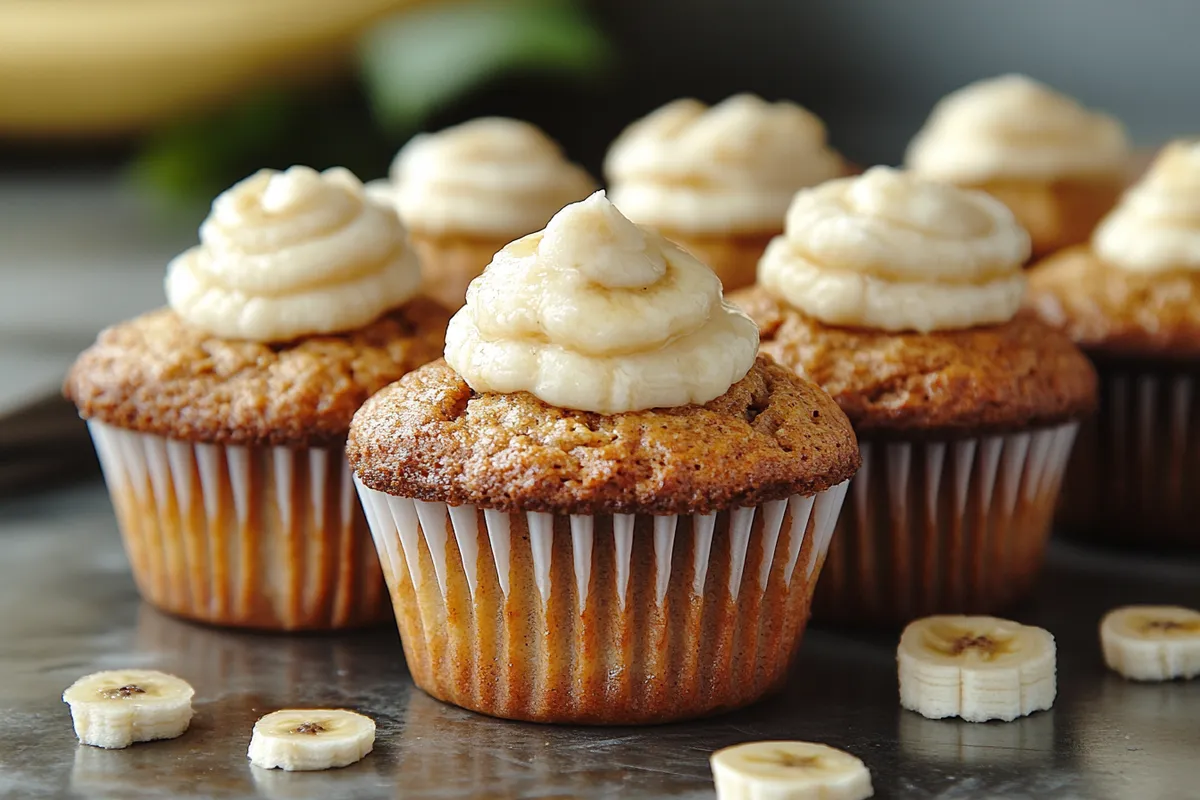












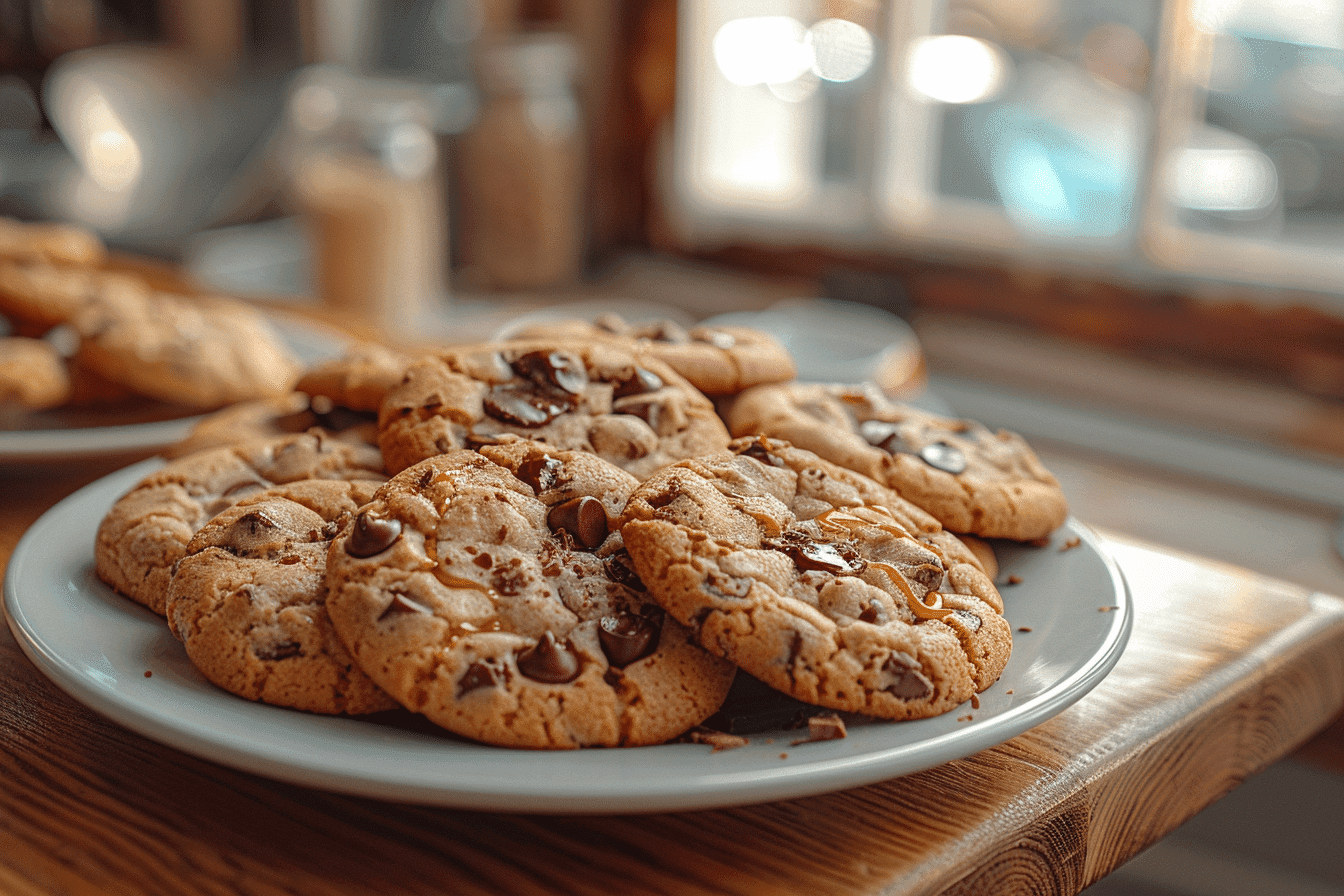


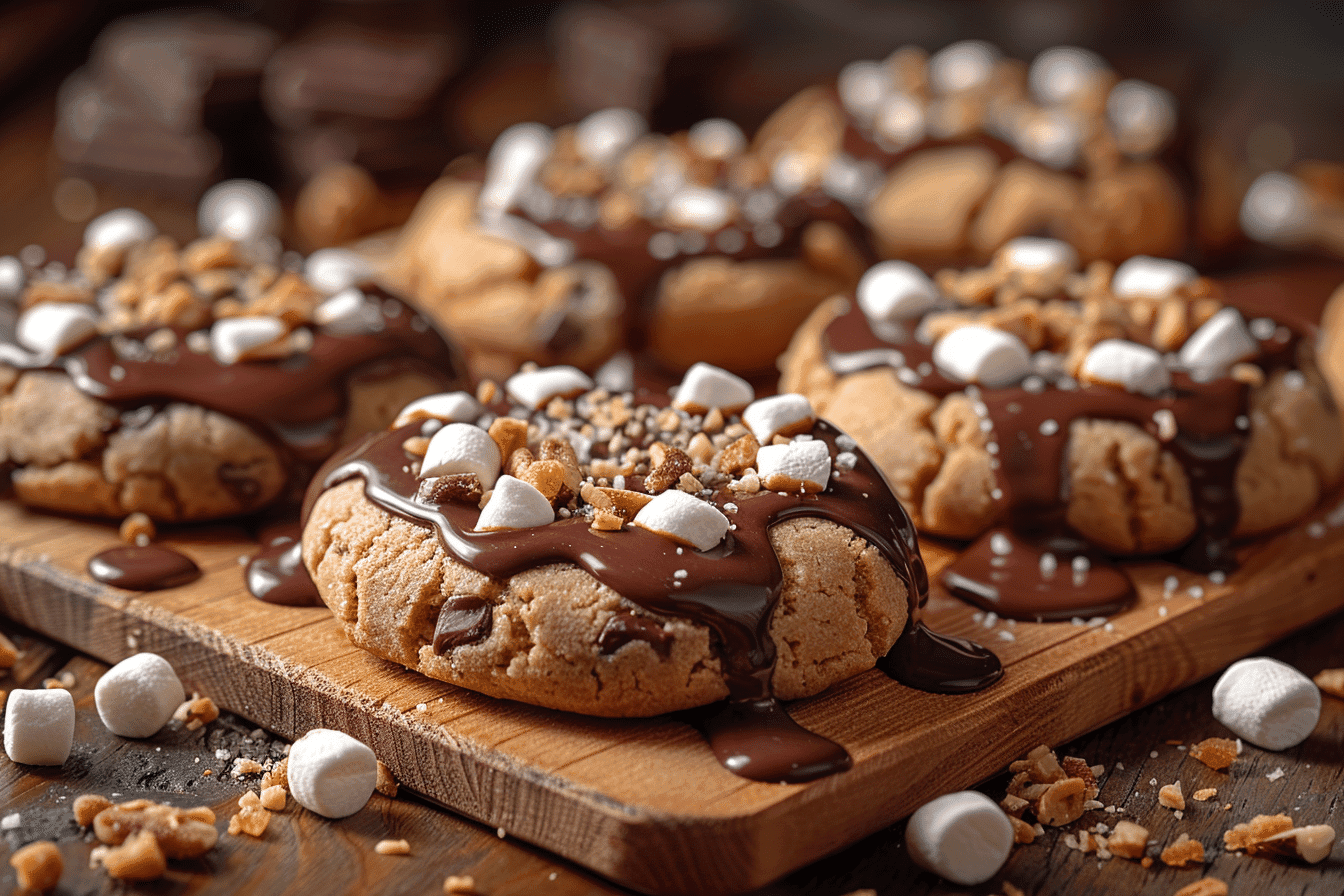




4 thoughts on “Red Velvet Brownies Recipe: A Delicious Twist on a Classic Dessert”
Pingback: The Ultimate King Arthur Brownie Recipe Guide -
Pingback: Easy Slutty Brownies Recipe Indulgent Layers of Cookie Dough
Pingback: Blueberry Ice Cream: Easy Recipe & Perfect Tips
Pingback: Caramel Brulee Sauce: The Ultimate Guide to a Luxurious Treat -